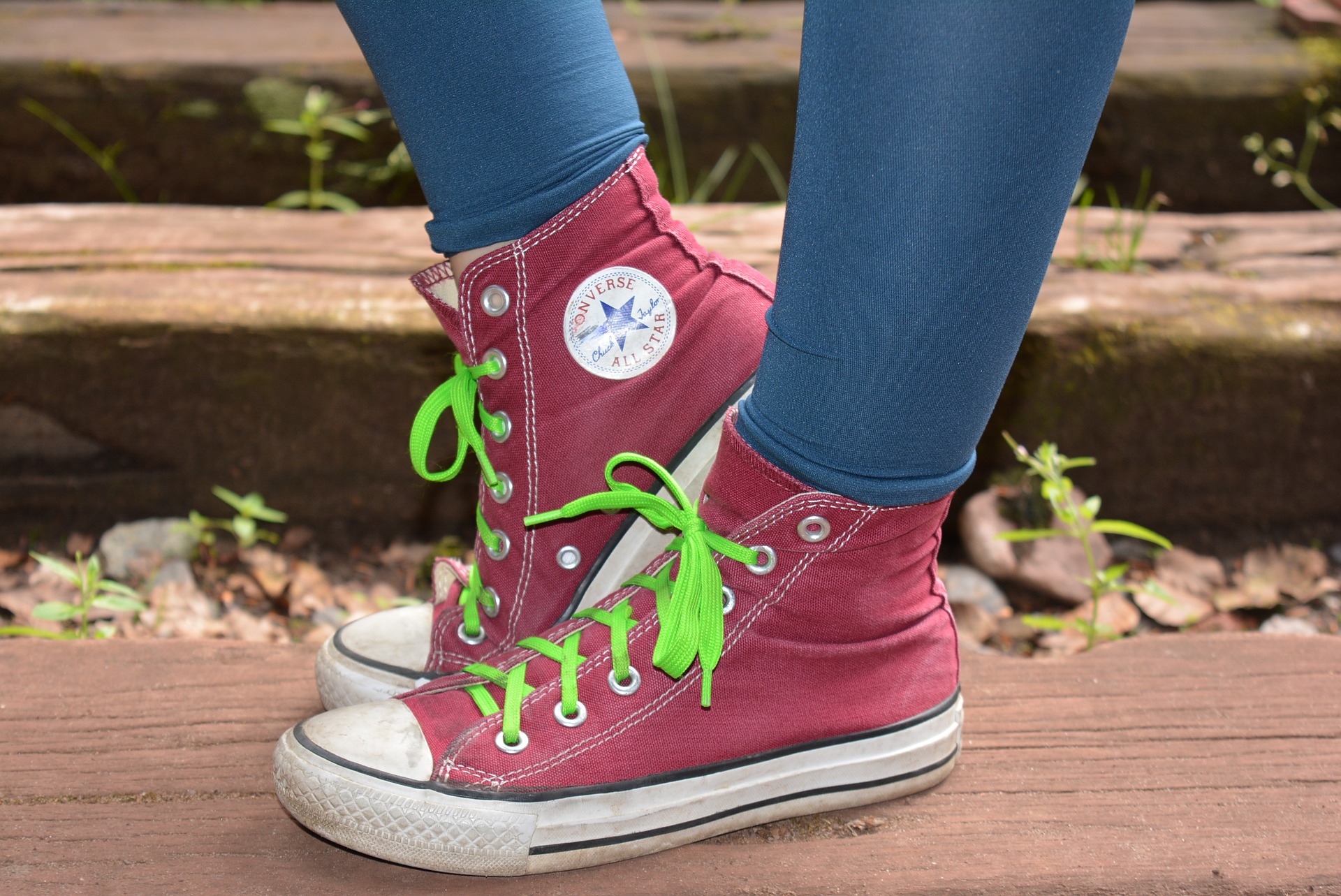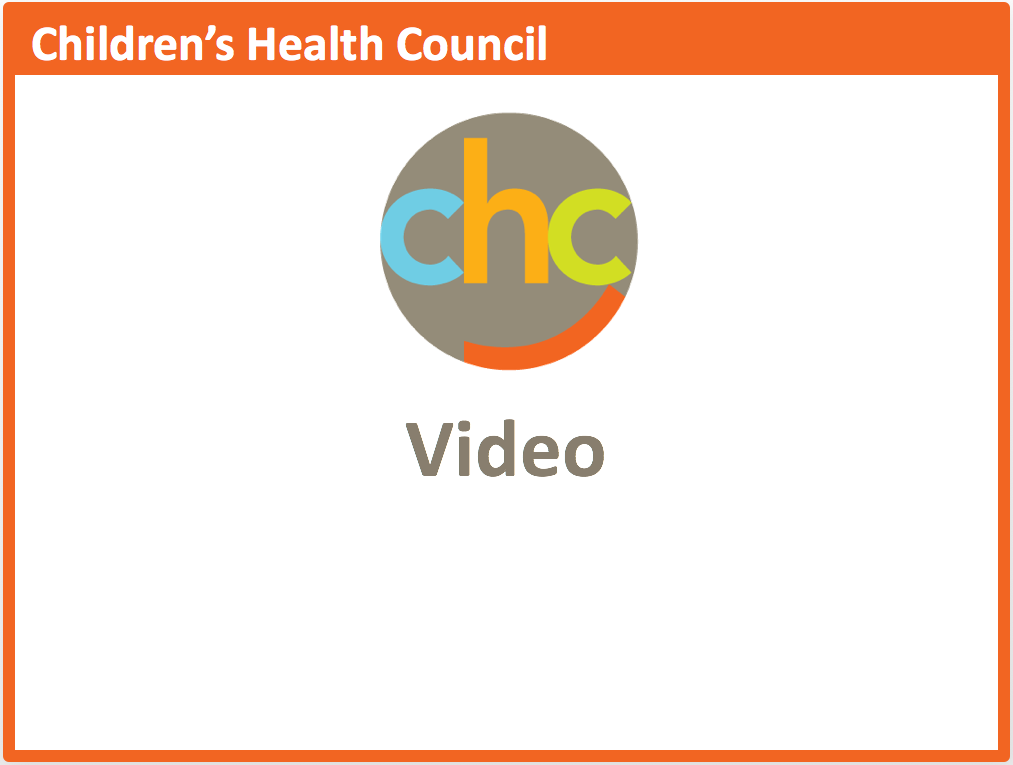 Bullying puts youth at increased risk for depression, suicidal ideation, misuse of drugs and alcohol, risky sexual behavior, and can affect academics as well. For LGBTQ youth, that risk is even higher.
Bullying puts youth at increased risk for depression, suicidal ideation, misuse of drugs and alcohol, risky sexual behavior, and can affect academics as well. For LGBTQ youth, that risk is even higher.
Lesbian, gay, bisexual, transgender, queer, intersex, nonbinary or otherwise gender non-conforming (LGBTQI+) youth and those perceived as LGBTQI+ are at an increased risk of being bullied.
There are important and unique considerations for strategies to prevent and address bullying of LGBTQI+ youth. While some strategies are specifically for LGBTQI+ youth, most, if adopted by schools and communities, make environments safer for all students.
Creating a Safe Environment for LGBTQ Youth
It is important to build a safe environment for all LGBTQI+ youth. Parents, schools, and communities can all play a role in preventing bullying and helping LGBTQI+ youth feel physically and emotionally safe.
- Encourage respect for all students.
- Prohibit bullying, harassment, and violence against all students.
- Conduct social-emotional learning activities in school to foster peer-relationships and help students develop empathy.
- Identify “safe spaces,” such as counselors’ offices or designated classrooms, where LGBTQI+ youth can receive support from administrators, teachers, or other school staff.
- Encourage student-led and student-organized school clubs that promote a safe, welcoming, and accepting school environment (e.g., gay-straight alliances or gender and sexuality alliances). Schools must allow these clubs or groups if they have other “non-curricular” clubs or groups.
- Ensure that health curricula or educational materials include HIV, other STD/STI, and pregnancy prevention information that is relevant to LGBTQI+ youth.
- Use inclusive language and avoid making assumptions. The words we use can make help people feel acknowledged and create a sense of belonging. For example, using “y’all” when referring to a group conveys gender equality rather than using “guys.” Use gender-neutral pronouns like “they” or “them” instead of “he/she” or “him/her.” You can also use words like “parent” instead of “mother” and “father.”
- Use students’ chosen names and pronouns.
- Train school staff on how to create safe and supportive school environments for all students, including LGBTQI+ youth.
- Facilitate access to community-based providers who have experience providing health services, including medical, counseling, social, and psychological services, and HIV/STI testing for LGBTQI+ youth.
What to do if you have faced discrimination
Students who believe they have faced discrimination at school based on sex, sexual orientation, gender identity, or because they do not conform with sex stereotypes, or for another reason may file a complaint with the U.S. Department of Education’s Office for Civil Rights (OCR) or submit a report with the Department of Justice’s Civil Rights Division.
File a complaint with the Department of Education
File a complaint with the Department of Justice







